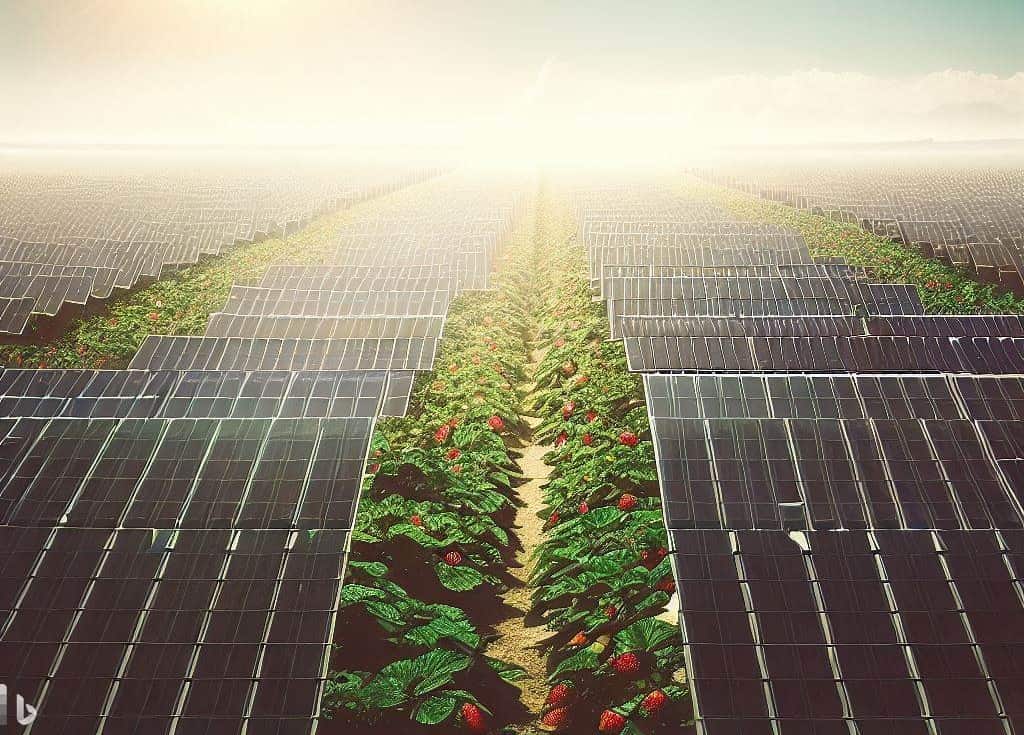
One of the cons of installing solar parks is that they occupy usable land. Amid a steady growth in the world’s population, we’ll need more food and more (sustainable) power. What about harnessing solar energy while growing fruits and vegetables? That’s, in a nutshell, what agrivoltaics (AV) is about. It does seem to be the perfect solution to combine food and green power production. Well, only in some cases.
Agrivoltaics is the practice of growing crops underneath solar panels. Scientific studies show some crops thrive when grown in this way. Doubling up on land use this way could help feed the world’s growing population while providing sustainable energy. It’s also sometimes called agrisolar, dual-use solar, or low-impact solar.
Studies have found that this approach can offer compounding advantages, such as shielding plants from excessive heat, cold, and ultraviolet (UV) radiation, thereby increasing the yield of certain crops. Solar panels can also help conserve freshwater supplies by reducing evaporation from plants and soil. The evaporation that does still occur underneath the panels has the added benefit of cooling the PVs and thus boosting their electricity production since their optimum operating temperature is between 20°C and 25°C.
Not all crops grow well under solar panels. In addition, the total power output is lower, as fewer panels fit on each hectare of land when compared to conventional solar parks. The main disadvantage of agrivoltaics is the high upfront cost required. Compared to conventional roof-mounted PV, dual-use solar systems require a more extensive and larger, more complex mounting system which can cost up to triple the cost of installing flat roof PVs.
How does an agrivoltaics system work?
There are different ways to implement AV systems. The most common one is to place panels above crops. Solar modules are typically placed two or three meters above the ground, with spacing to allow some light to reach the plants. Installations can vary by the kind of PVs installed – bi-facial or translucent – and their positioning. In some cases, panels are fixed; in others, they can tilt following sunlight.
It is not only about crop farming, though. AV plants can be installed on meadows where cattle – usually sheep – graze on the grass with panels mounted about a meter from the ground, allowing animals to move behind them. Another common example is using automated trailers that move across the fields.
What are the advantages of agrivoltaics?
- Less water is used. The panels limit water’s evaporation from the earth’s surface to the atmosphere – a process known as evapotranspiration. Therefore, farmers can use less water, and plants can better survive drought conditions.
- Panels stay cooler. Evaporation still happens, but water reaches the panels, keeping them fresher and allowing them to perform better. Excessive heat can dramatically decrease solar panels’ energy output, and most have a temperature window ranging from 15°C to 35°C. During summer, panels can get as hot as 65°C.
- Panels protect crops. Robust modules shield crops from intense rain showers, hail, and excessive sunlight. Too much sunlight can harm some crops – such as berries – ultimately affecting production’s quality and quantity.
- Avoids plastic foiling. To protect orchards from adverse weather events, farmers often use plastic foils. These can be inconvenient for two reasons. First, placing and removing them takes a lot of time and effort. Second, foil might not protect crops if the wind or hail storm is too intense.
- An additional revenue stream. Energy production allows farmers to have another income source, as they can sell energy back to the energy grid.
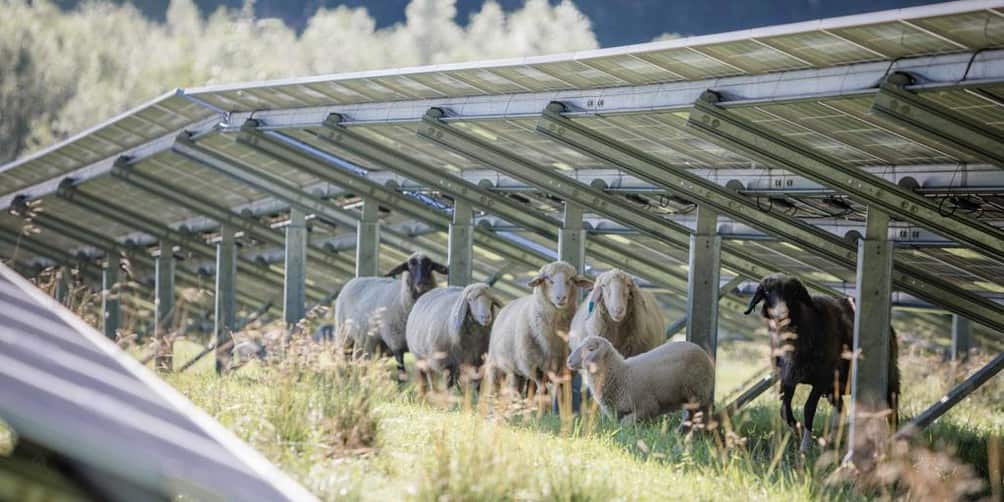
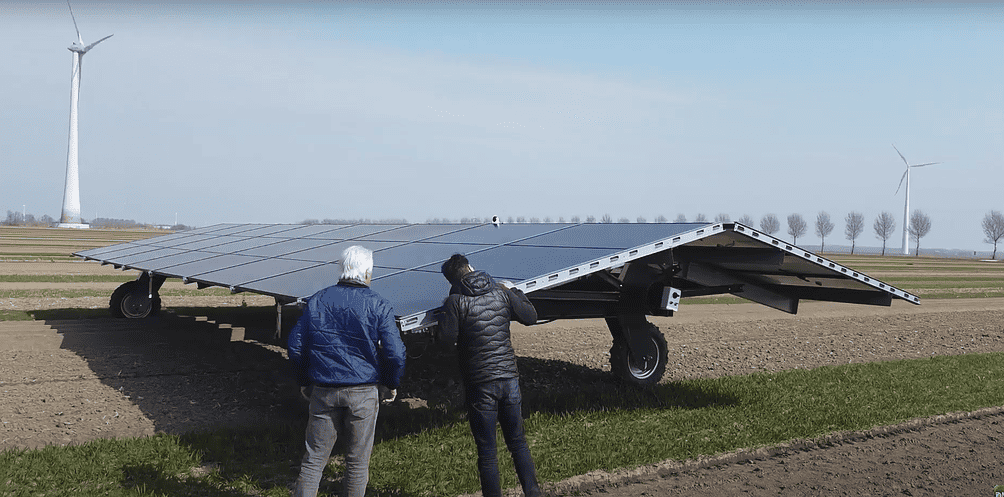
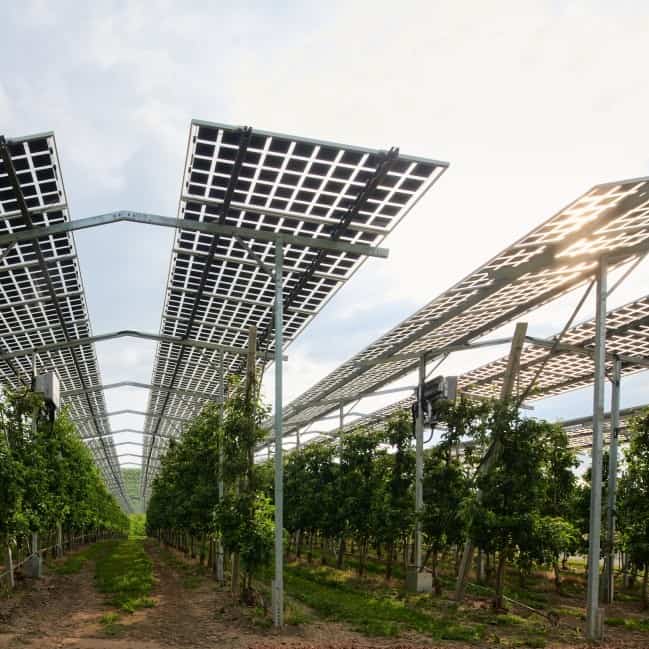
What are the cons of agrivoltaics?
- Not all crops grow well under the panels. Research by the University of Massachusetts showed that peppers and broccoli grew under panels produced forty percent less yield than in the full sun. A study by the Fraunhofer Insititute showed that yields of winter wheat, potatoes, and grass clover can fall under AV.
- Total power output is lower. Fewer panels fit in the same area compared to a regular solar park. As modules must leave space to allow some light to filter in, not all space is covered.
- AV limits machinery operations. A built structure above the field might limit the room for maneuvering machinery and equipment underneath.
- However, the main con is represented by costs.
How much does an agrivoltaics plant cost?
An analysis conducted by Germany’s Technology and Support Centre compared the upfront costs of several kinds of agrivoltaics plants with conventional ground-mounted solar parks. Whereas the prices of electronic components such as cables and inverters stay the same, AV installation’s costs rise considerably because of trackers – the structures to hold them. These might incur higher charges during the approval process – more extensive analyses and reports. Another factor driving agrivoltaics installation cost up is bifacial or transparent solar modules with higher price tags.
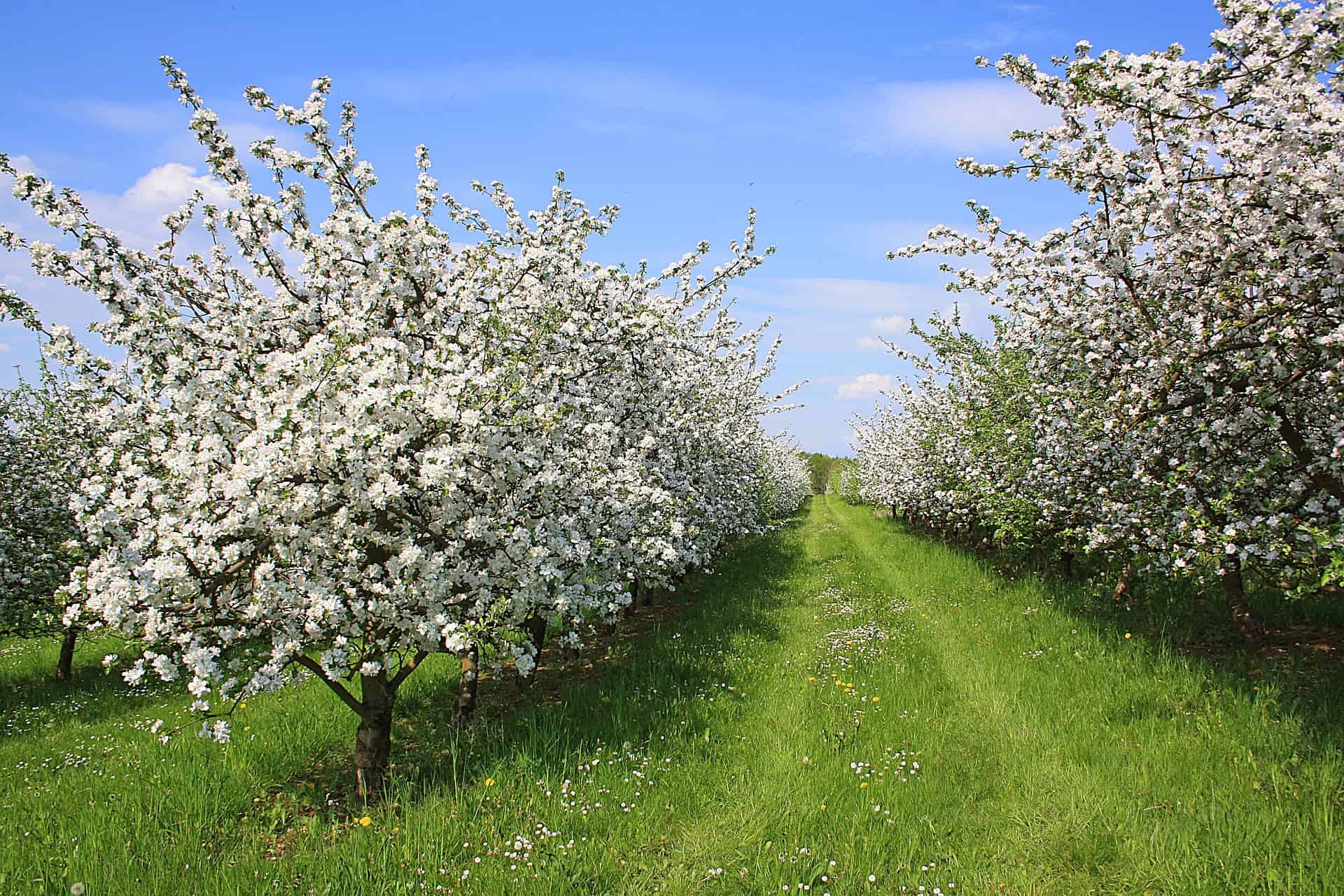
That being said, costs can vary depending on the installation and the structure and panels used. The same paper drew a comparison between different options. The researchers referenced an 850kW ground-mounted plant, which cost an average of €572/kW, requiring €486,200 investment per hectare. Conversely, a vertical agrivoltaics project with a 345.8 kW capacity cost was €688/Kw, requiring a €237,760/ per hectare. An agrivoltaics with an elevated module and a capacity of €650 kW, the total cost was estimated at €1234/KW, with an €802,100 per hectare.
What can we expect from agrivoltaics technology?
AV can sometimes be a good fit, allowing efficient crop and energy production to coexist. However, it doesn’t conform to all cultivations. The high upfront costs make AV hardly deployable on a massive scale. As with many other technologies, prices might fall in the coming years, stimulating more investments in this technology.

